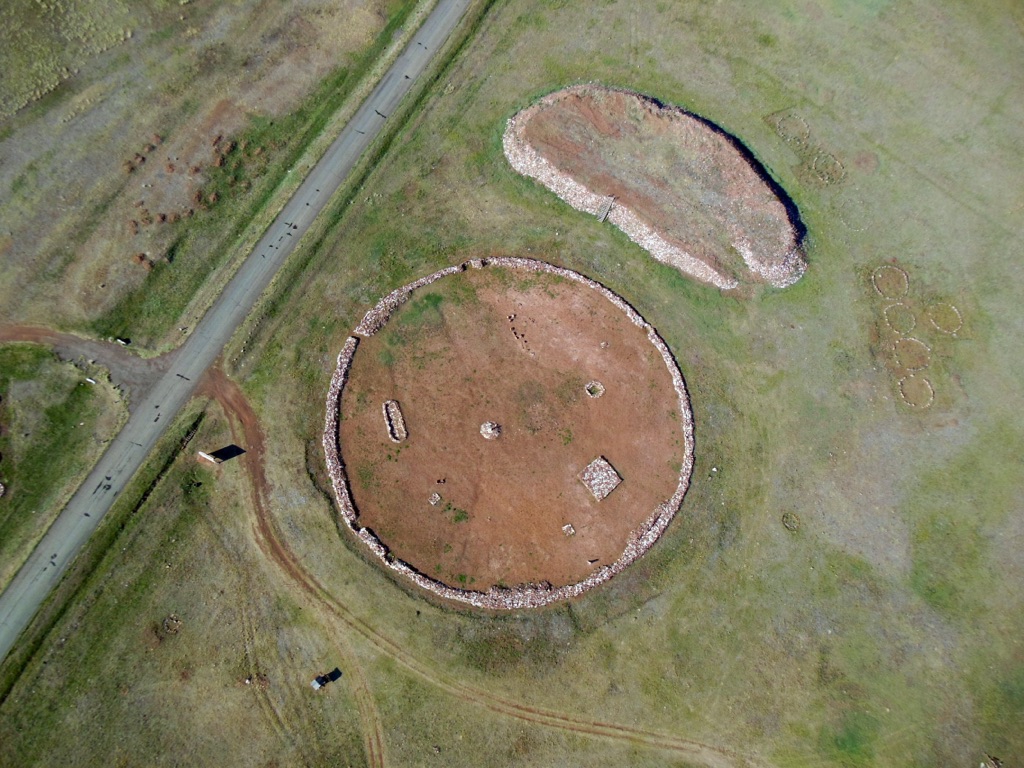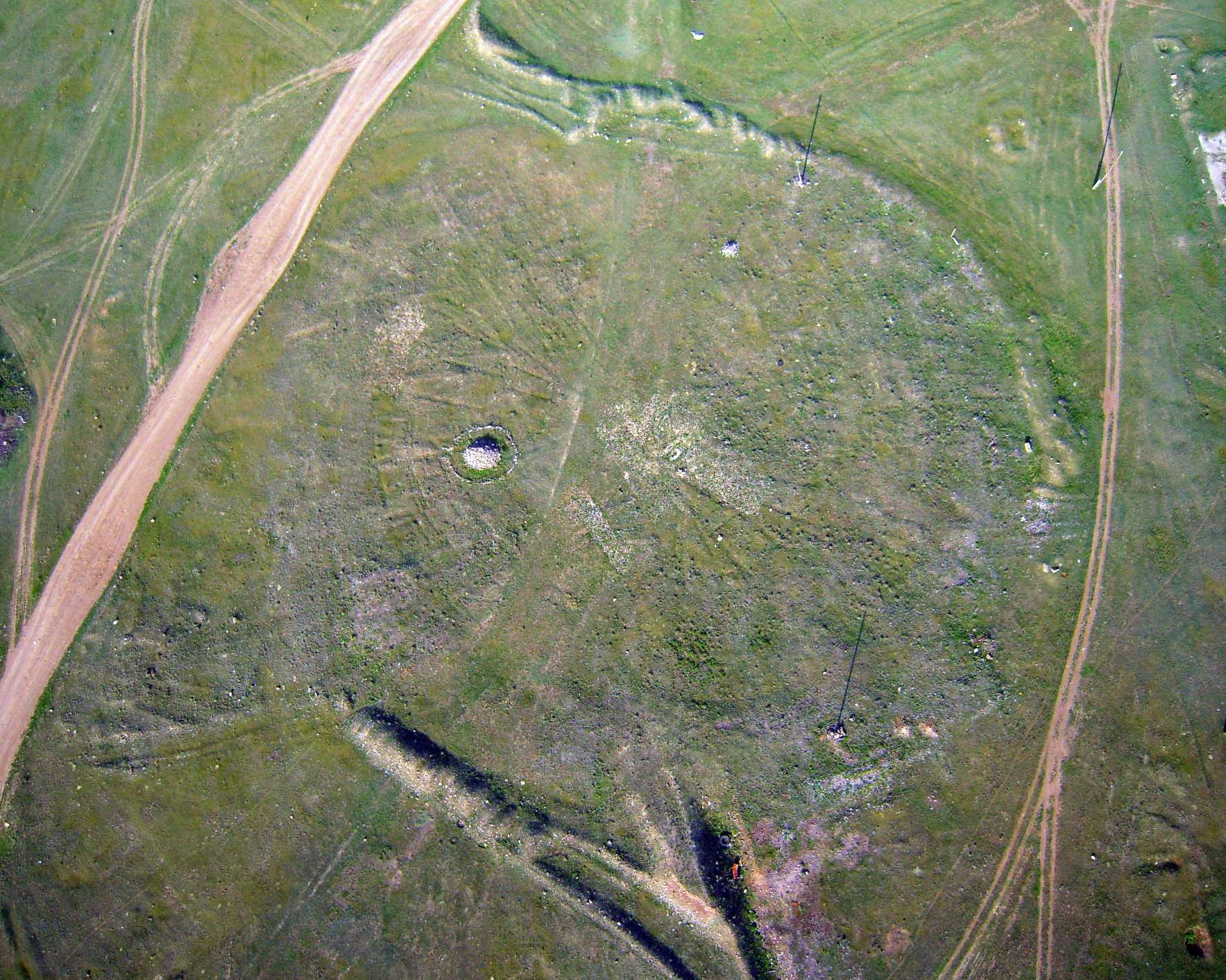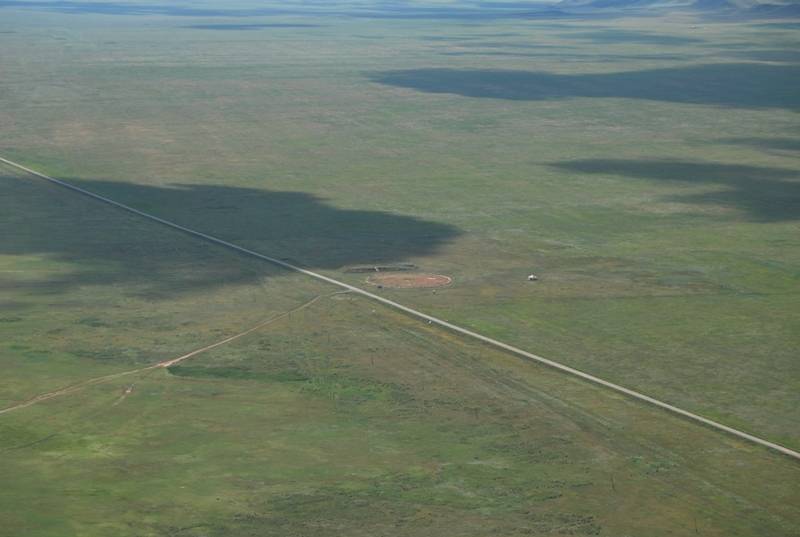Arzhan is an ancient site known for its kurgan burial mounds located in the Republic of Tuva, Russia. These monumental structures date back to the Scythian period, around the 9th to 8th centuries BC. The site gained international attention when it revealed a wealth of artifacts and insights into Scythian culture and burial practices. Arzhan is particularly famous for the Arzhan-2 burial mound, which contained the remains of a Scythian ruler and his consort, along with an astonishing array of grave goods.
Get your dose of History via Email
Historical Background of Arzhan
Arzhan was first discovered in the 1970s by local herders in the Uyuk Valley. Archaeologists soon took interest, and extensive excavations began. The site was created by the Scythians, a nomadic warrior people known for their skills in horseback riding and metalwork. Over time, Arzhan became a significant archaeological site for understanding the Scythian civilization.
The most notable discovery at Arzhan was the Arzhan-2 mound, excavated in 2001. It revealed a royal burial with two main occupants, believed to be a Scythian king and queen. The site has since been a focal point for studies on Scythian life and death. Arzhan has not only provided insights into the Scythians but also into the wider Eurasian steppe cultures.
Arzhan’s kurgans have been undisturbed for centuries, which is rare for burial sites of this age. This has allowed for the preservation of organic materials, including wood, textiles, and horse remains. The site has not been the scene of any known historical events besides its use as a burial ground, but it has significantly contributed to our understanding of Scythian society.
The discovery of Arzhan has not led to any major historical reinterpretations, but it has filled gaps in the knowledge about the Scythian way of life. The artifacts found at Arzhan, including weapons, jewelry, and household items, have provided a clearer picture of the Scythian’s artistic and cultural practices.

Arzhan continues to be an important site for archaeologists and historians. Its discovery has spurred further interest in the Scythian culture and has led to additional archaeological projects in the region. The site remains a testament to the skill and craftsmanship of the Scythian people and their impact on the history of Eurasia.
About Arzhan
Arzhan is renowned for its large burial mounds, known as kurgans, which are scattered across the steppe landscape of Tuva. These mounds are monumental in scale, with some reaching over 20 meters in height. They were constructed as tombs for Scythian nobility and are considered sacred by the local population.
The kurgans at Arzhan were built using earth and stone, with the central chamber often made of large timber logs. This chamber housed the deceased and their grave goods. The construction methods reflect a sophisticated understanding of engineering and a high level of craftsmanship.
Architectural highlights of Arzhan include the intricate stonework and wood carvings found within the burial chambers. The Arzhan-2 mound, in particular, featured a log cabin-like structure at its core, which was an exceptional find due to the preservation of the wood.
The materials used in the construction of the kurgans were locally sourced, demonstrating the Scythians’ ability to utilize their environment effectively. The use of wood, in particular, indicates the presence of forests in the region during the time of construction.
Arzhan’s kurgans are not only significant for their construction but also for the artifacts they contained. These include gold and bronze items, weapons, horse harnesses, and a variety of other objects that offer a glimpse into the material culture of the Scythians.

Theories and Interpretations
Several theories exist about the use and significance of Arzhan. The most widely accepted view is that it served as a necropolis for Scythian elites. The wealth of grave goods suggests that those buried there were of high social status.
Some scholars believe that Arzhan was a sacred site for the Scythians, where rituals and ceremonies related to death and the afterlife took place. The elaborate nature of the burials supports this theory.
There are mysteries surrounding Arzhan, particularly regarding the identity of the individuals buried there. While it is clear they were important figures, their exact roles within Scythian society are still debated.
Interpretations of the site have been matched to historical records where possible, but much of Scythian history is not documented in written sources. Therefore, archaeologists rely heavily on the artifacts and burial practices to piece together the culture’s history.
Dating of the site has been carried out using methods such as radiocarbon dating. These techniques have confirmed the age of the burials, placing them firmly within the timeframe of Scythian dominance in the region.
At a glance
Country: Russia
Civilization: Scythian
Age: 9th to 8th centuries BC
Conclusion and Sources
Reputable sources used in the creation of this article include:
- Wikipedia: https://en.wikipedia.org/wiki/Arzhan
- World History Encyclopedia: https://www.worldhistory.org/scythians/

